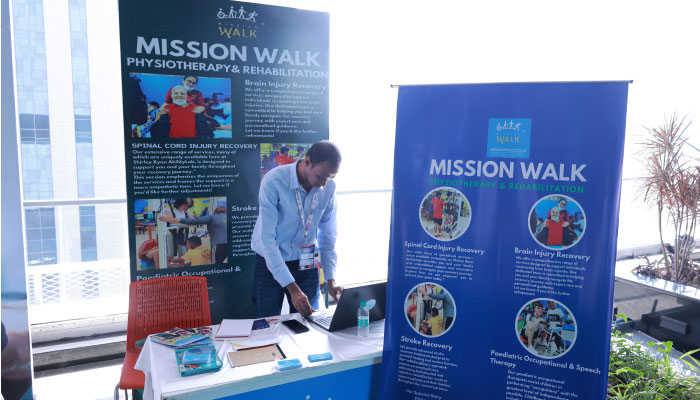Your baby has been feeding normally. However, for a few days, you feel the baby is well, refuses feeds, drools, and vomits a small feed. You tried finding more about feeding problems, and tried some tricks and techniques of feeding the baby, and thought it would get better until you feared that the baby was losing weight, and getting weak and fragile. Feeding problems are not always trivial. These can be caused by a problem in the food pipe. It is good to see a doctor immediately.
Understanding esophageal atresia and tracheoesophageal fistula
Esophageal atresia is a developmental defect in the food pipe called esophagus that connects the throat to the stomach. The esophagus is not a uniform tubular structure instead it develops a gap in its length and hence there are two blind tubes. The upper end of these connects to the stomach and the lower one connects to the mouth. The esophagus may be shortened.
Normally, the food pipe and the wind pipe are two tubes in proximity, but are not connected. Tracheoesophageal fistula (TEF) is a developmental disorder where the two tubes form a connection. In the commonest type of anomaly, the upper end of the esophagus which communicates with the throat is a blind tube and the lower end which opens into the stomach connects to the wind pipe called the trachea. In this situation, the feeds taken by the baby do not go to the stomach and may be vomited out. In other cases, the upper esophageal tube or both the upper and the lower tubes open into the trachea. The feeds taken by the baby, hence can reach the windpipe or the lungs and cause cough or damage to the lung tissue called pneumonia.
These problems are rare and affect around 1 in 4000 babies. There may be concomitant anomalies in other organs like the heart, kidneys, or bones.
Causes
Esophageal atresia and tracheoesophageal fistula are developmental defects or congenital anomalies. The trachea and esophagus develop from a common parent tube. Later, a wall forms that separates them into two individual tubes. This separation occurs at around the fourth week of pregnancy when the digestive system is forming in the developing baby. If the separation fails to develop partially or completely, the trachea and he esophagus may communicate at one or more sites. This leads to a tracheoesophageal fistula or an esophageal atresia. The cause of such anomalies is not known.
Diagnosis
The doctor may suspect a problem after hearing the typical problems that these babies have. The babies typically develop feeding and respiratory difficulties in the first few days of life. The baby who was earlier feeding normal may develop froth around the mouth or nose and start drooling. The baby may cough or choke when trying to swallow. Some of them go blue while feeding. This is called cyanosis, and is a sign of insufficient oxygen in the blood. The belly may bloat up and distend as the connection with the trachea leads to collection of air in the stomach. The saliva and fluids from the upper tube of the esophagus may regurgitate into the throat and trickle down the trachea and lungs leading to infection and damage to the lungs. This is called ‘aspiration pneumonia’.
The defects can be diagnosed before birth on an ultrasound of the developing baby. The womb may have large quantities of amniotic fluid, the waters that bathe the baby in the womb. This is called polyhydromnios. There will be absence of stomach bubble in an ultrasound. The baby appears small for age according to the stage of pregnancy and labor may set in prematurely. After birth, the baby may develop problems of breathing and feeding in the first year of life. At the very suspicion of esophageal atresia, the doctor may like to pass a feeding tube through the throat into the esophagus. The tube fails to go till the stomach. If an X ray is taken, the tube may appear coiled up in the upper blind end of the esophagus. There may be air in the stomach and intestine. This air is due to the connection of the lower end of the esophagus with the trachea. Besides this, the X ray may reveal additional abnormalities in other organs like the heart, kidneys, or limbs.
Treatment
The only remedy for this deformity is a surgical correction. This should be done immediately. Depending upon the birth weight, other abnormalities, and general condition of the baby, an appropriate yet early time for surgery may be decided. The baby may need general treatment and hydration and feeding may be restricted to prevent any complications till the surgery is performed. If the defect is diagnosed before birth, delivery should be done in a set-up with a child surgical unit equipped to manage such babies. More than one surgery may be required to repair the defect in some babies.
The baby may recover and resume feeding after surgery if the defect is a simple one without any other co-existing defects and if the weight and general condition of the baby are good. In some babies, a feeding tube may be used for a few months depending upon the nutritional requirements of the baby.
Outlook
The results of management of esophageal atresia are good and more than 90% babies survive when managed properly. Growth occurs normally after a successful treatment. Normal digestion, nutrition, and breathing may return. However, the presence of other defects may influence the results. Cardiac defects and low birth weight can affect survival. Respiratory complications can lead to increased fatality. Some babies may have strictures or dysmotility of the esophagus. This may lead to a difficult swallowing in future. Some children may develop a gastroesophageal reflux disease (GERD), a condition in which the acid from the stomach regurgitates into the esophagus and causes pain or burning in the lower chest or upper belly. The main complications of the defect are aspiration pneumonia, choking, prematurity, and low weight. There is a risk of death if the defect is left untreated. After surgery, there may be some feeding problems, reflux, and narrowing of the esophagus due to scarring from surgery.
Timely treatment and proper care can restore healthy feeding in the baby. Esophageal atresia is a surgical emergency. No feeding or breathing problems in babies should be ignored.



